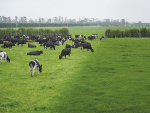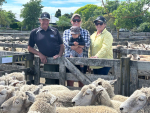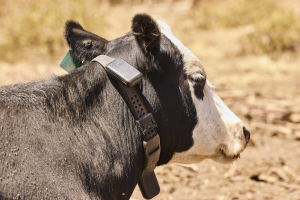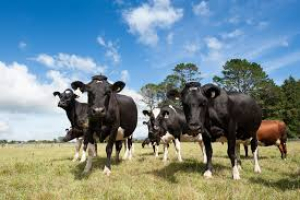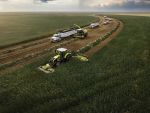Australia's biggest dairy processor, Murray Goulburn, will hold an extraordinary meeting in April to seek supplier approval to list on the Australian Securities Exchange (ASX).
It will hold 14 supplier meetings in Victoria, NSW and SA, then proceed to a vote at the April meeting.
The co-op hopes to raise A$500 million by listing, to “support our growth strategy to improve farmgate returns and fund planned investments in world-best manufacturing capability and market reach”.
The proposal is for a scheme similar to Fonterra’s TAF (trading among farmers). Suppliers would retain 100% control of the cooperative. Outside investors would be able to buy share units and would qualify for dividends but would not have voting rights.
MG says the opening share price would not be known until shortly before trading of the units started on the ASX.
Outside unit holders would be required to disclose holdings greater than 5%. A foreign investor seeking to own more than 14.9% share units must get Foreign Investment Review Board approval.
The co-op says dividends would be linked to the farmgate milk price. The dividend paid to shareholders (farmer suppliers) and unit holders (outside investors) would be the same and paid on the same date.
After the 14 supplier meetings, final information sessions will be held in April and, subject to shareholder feedback, an extraordinary meeting in late April will formally vote on the capital structure.
MG confirmed late last month its full year forecast milk price of A$6/kgMS despite a 1% decline in half year sales (A$1.3 billion) from the previous year.
Managing director Gary Helou said in a letter to suppliers that the forecast price would remain despite the fact “key dairy ingredients prices globally have fallen significantly in the past six months, dragging down farmgate prices in dairy exporting countries by up to 40%”.
“The moderating Australian dollar, while positive, occurred too late in the December half to materially impact the half year results. We welcome the emerging benefit that a lower currency will provide our export business, particularly in the value added dairy foods segment through the balance of the year and into next year.”
MG reported a half year net profit after tax of A$12.9 million compared to A$61 million in the previous corresponding period.
Helou says the two periods were not directly comparable due to higher input milk price paid at the beginning of the financial year. This was done to provide cashflow benefit to farmers.
MG remains on track to deliver a full year net profit after tax of $20 million-$30 million, “broadly in line with last year’s result”.
MG received just over 2 billion litres of milk in the six months to December 31, a 6.8% increase on the prior corresponding period.
“Our milk intake continues to grow at a faster rate than the Australian milk pool which according to Dairy Australia grew by 2.6% during the six months to December 31, 2014,” Helou says.







